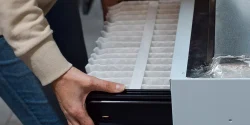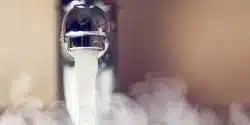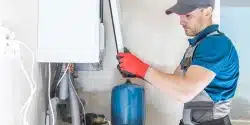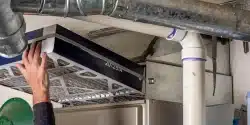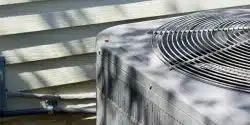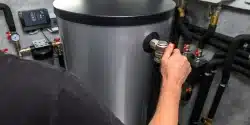As the leaves change and temperatures begin to dip, most of us start relying on our furnaces again. Fall is the perfect time to check that your heating system is ready for the colder months ahead. Addressing issues early (before the heart of winter heating season) can prevent costly and inconvenient breakdowns and keep your home comfortable all winter long.
If you’re not sure if your furnace is in good shape, here are five clear warning signs of furnace problems. Learn more about what they might mean and when to contact a professional so you can stay cozy right through until Spring.
1. Your Furnace Isn’t Producing Enough Heat
If your furnace is running but your room temperature never seems to match your thermostat, it’s one of the most obvious signs that something isn’t right.
Possible Causes
Thermostat is set incorrectly: Always double-check that your thermostat is set to heat and not cooling. This is the simplest troubleshooting step to rule out.
Clogged filter: A dirty furnace filter can restrict airflow, making it harder for warm air to circulate. Change your air filter every 1–3 months.
Gas valve issues: For natural gas furnaces, a closed or faulty gas valve can prevent the burners from working properly.
Heat exchanger problems: A damaged heat exchanger can limit how effectively your furnace warms the air, and in some cases may create a safety risk.
If your furnace runs constantly but doesn’t bring your home to a comfortable temperature, it’s time to have it inspected.
2. Strange Noises or Unusual Smells
Every furnace makes some noise, but loud banging, rattling, or consistent screeching are red flags. Similarly, persistent burning odours or a sulphur-like smell should definitely never be ignored.
Possible Causes
Loose or worn components: Over time, screws and panels can loosen, or belts can wear out, creating rattling, banging, or squealing sounds.
Blower motor or fan issues: A failing motor or bent fan blade can produce grinding or humming noises that get worse the longer the furnace runs.
Gas leaks: A rotten-egg odour often indicates a leak in your natural gas line. This is a serious safety issue and requires immediate attention.
Dust or debris burning off: At the start of heating season, a temporary burning smell can be normal as dust clears from the system. If it lingers, however, it may point to overheating or electrical issues.
What to Do
Turn the unit off and contact a professional immediately if you smell gas. For other noises, call for service before small issues cause further damage.
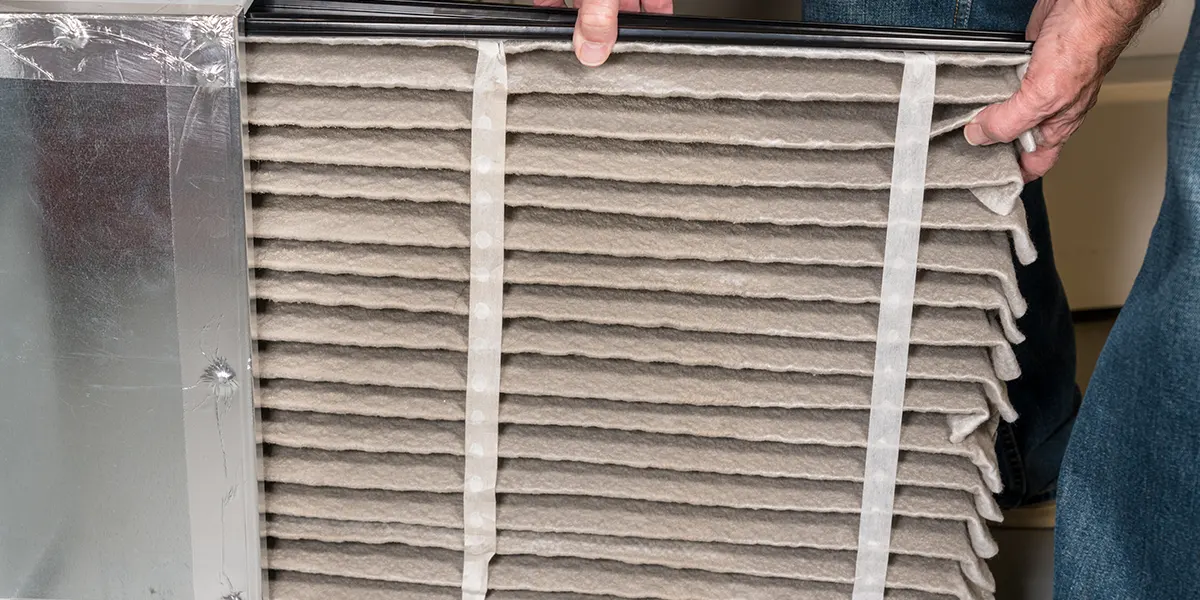
3. The Pilot Light or Power Supply Keeps Failing
For older systems, the pilot light is crucial to ignition. If it goes out repeatedly, that’s a sign of underlying furnace problems that need to be resolved.
Possible Causes
Drafts near the furnace: Poor sealing or nearby vents can cause the pilot flame to blow out.
Dirty thermocouple or sensor: These safety devices detect the flame. When coated with debris, they may shut off the gas supply even when the pilot is lit.
Gas supply interruptions: An issue with the gas valve or low pressure in your natural gas line can cause inconsistent ignition.
Electrical issues: For modern systems, look for tripped circuit breakers, faulty wiring, or a flipped power switch that can prevent your furnace from turning on.
For newer furnaces without a standing pilot, watch for electrical problems:
- A tripped circuit breaker or a faulty power switch can stop the furnace from running.
- Loose wiring can intermittently cut power.
What to Do
If relighting the pilot light doesn’t work or your system won’t stay powered, call for service. Persistent ignition issues can indicate serious problems.
4. Short Cycling or Constant Running
If your furnace seems to start and stop frequently, or it runs all the time without shutting off, you may have efficiency or safety issues.
Possible Causes
Thermostat malfunctions: If the thermostat is set too high or is malfunctioning, it can cause the furnace to turn on and off in rapid cycles.
Clogged filter restricting airflow: A clogged filter can trap heat inside the furnace, triggering the safety system to shut it down prematurely.
Oversized furnace: A system that’s too large for your home may heat rooms too quickly, then shut down before reaching a stable temperature, leading to constant cycling.
Safety switch or sensor issues: Faulty sensors may detect overheating or poor airflow incorrectly, shutting the furnace off and forcing it to restart repeatedly.
Why It Matters
Short cycling stresses your equipment, increases energy costs, and can shorten the lifespan of your furnace. Continuous running without reaching the desired temperature often points to larger issues like a faulty heat exchanger or blocked vents.
5. Rising Energy Bills Without Explanation
It’s normal to see energy bills go up during heating season, but sudden spikes without a corresponding change in your thermostat use should be taken seriously.
Possible Causes
Dirty or clogged filters: When airflow is restricted by a dirty filter, your furnace has to work harder, using more energy to achieve the same heat.
Ductwork leaks or poor insulation: Warm air can escape through leaks in ducts, forcing your furnace to run longer.
Aging furnace components: As parts wear down, the furnace becomes less efficient, requiring more energy to maintain normal room temperature.
Issues with hybrid systems: If your home uses both a furnace and heat pumps, problems with either component can affect energy efficiency and drive up utility bills.
What to Do
First, replace the air filter and check that your thermostat is set correctly. If bills stay high despite normal use, it’s time for a full inspection.
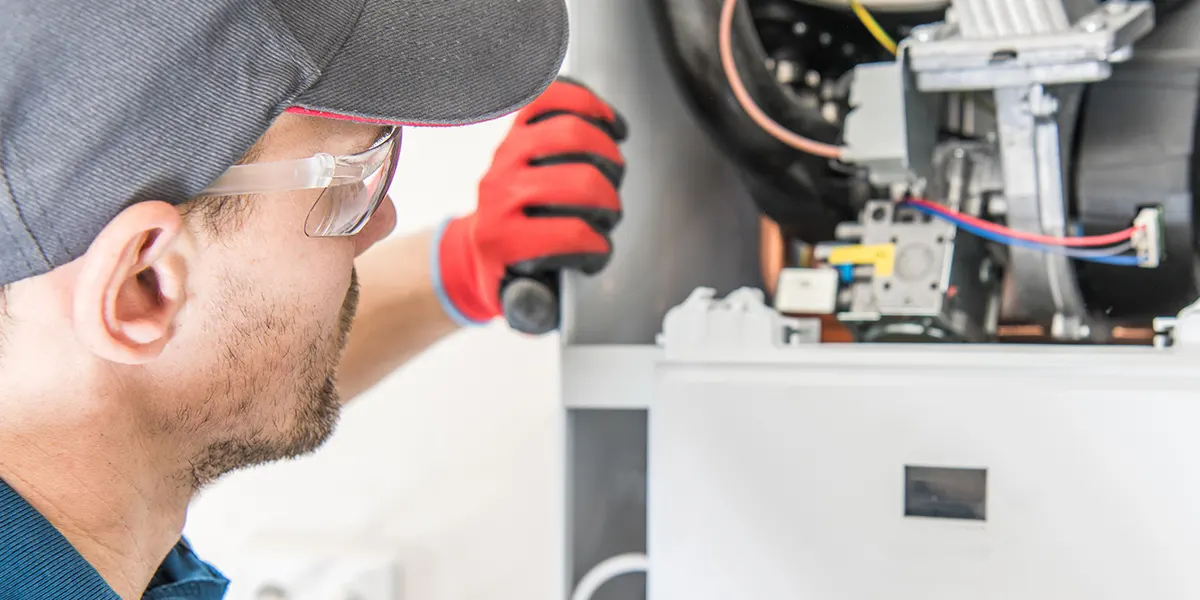
The Role of Preventive Maintenance
The good news is that many of these furnace problems can be prevented, or at least caught early, through routine maintenance. During a service appointment, a technician will complete the following to ensure your furnace is ready to run.
- Inspect and clean the heat exchanger.
- Check the gas valve, burners, and ignition system.
- Replace or clean furnace filters.
- Test safety switches, the power switch, and the circuit breaker connections.
- Confirm the thermostat is set properly and calibrate if needed.
Scheduling this checkup in the fall ensures your system runs smoothly when you need it.
Fall is the ideal time to make sure your furnace is in top shape. By watching for these five warning signs—lack of heat, strange noises, ignition problems, short cycling, and rising bills—you can spot furnace problems before they become major repairs.
Booking a maintenance appointment now means more reliable comfort and lower long-term costs. If you notice any of the issues above, don’t wait: contact a professional at Husky Heating & Cooling to keep your heating system safe, efficient, and ready for the season.




